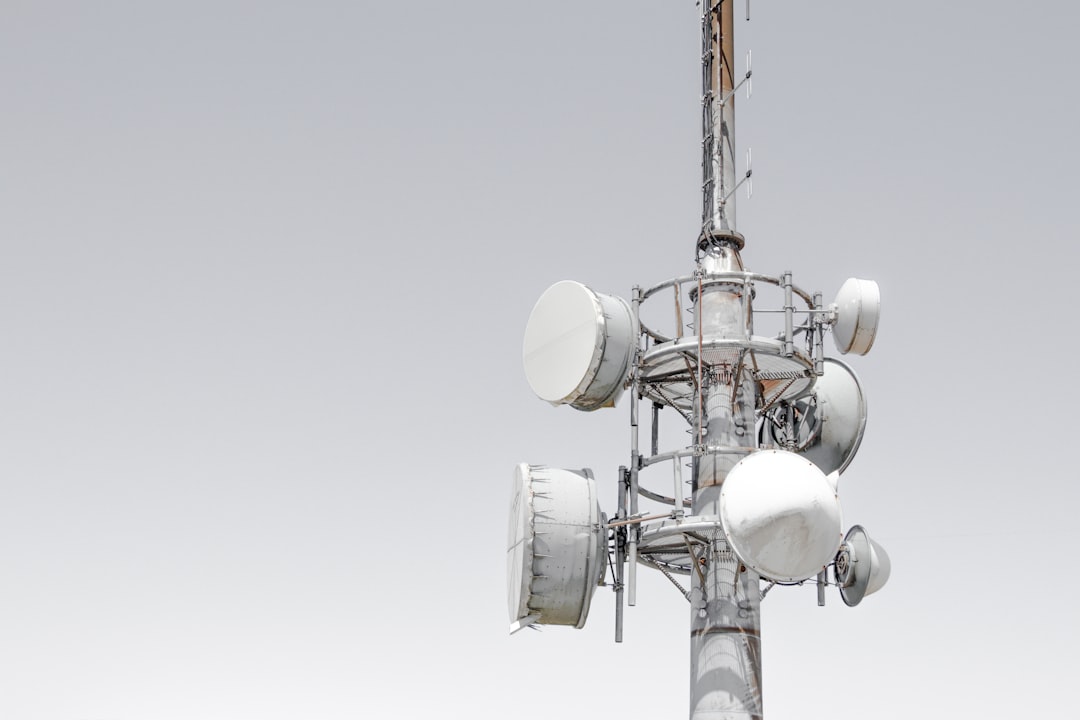What is it about?
This study aims to (1) convert agricultural waste to biochar through pyrolysis, (2) examine its physiochemical characteristics, and (3) investigate its potential role as fuel and catalyst in energy recovery technologies. The produced biochars at 250, 350, and 450 °C showed a wide range of mineralogical composition, high porosity, and thermal stability, and alkaline pH that make biochar suitable for improving the processes of energy recovery technologies such as anaerobic digestion (AD), transesterification and pyrolysis. The alkaline pH of biochars can neutralize the acidic condition and increase the digestibility of the feedstock in AD process for enhanced methane (CH4) production. Biochar favors the transesterification process for biodiesel production due to products separation and high stability under basic and acidic conditions. In pyrolysis process, biochar can act as a catalyst to increase the degradation rates of plastic or biomass wastes or can be used as an adsorbent material during the post-treatment to improve the quality of the liquid oil. The high heating values (HHV) of biochars produced at 250, 350 and 450 °C were 24, 23.64 and 23.08 MJ kg-1. This characteristic of biochar along with the high tendency of slagging indicate that biochar could be used itself as a source of energy. Biochar can also act as a promising low-cost adsorbent for capturing carbon dioxide (CO2) due to its highly porous structure and sorptive capacity and subsequently the conversion of absorbed CO2 to fuel. Research is yet required on the application of biochar in pyrolysis and capturing and catalyzing the conversion reactions of CO2 to fuels.
Featured Image
Read the Original
This page is a summary of: Development of biochar as fuel and catalyst in energy recovery technologies, Journal of Cleaner Production, July 2018, Elsevier,
DOI: 10.1016/j.jclepro.2018.04.017.
You can read the full text:
Contributors
The following have contributed to this page










